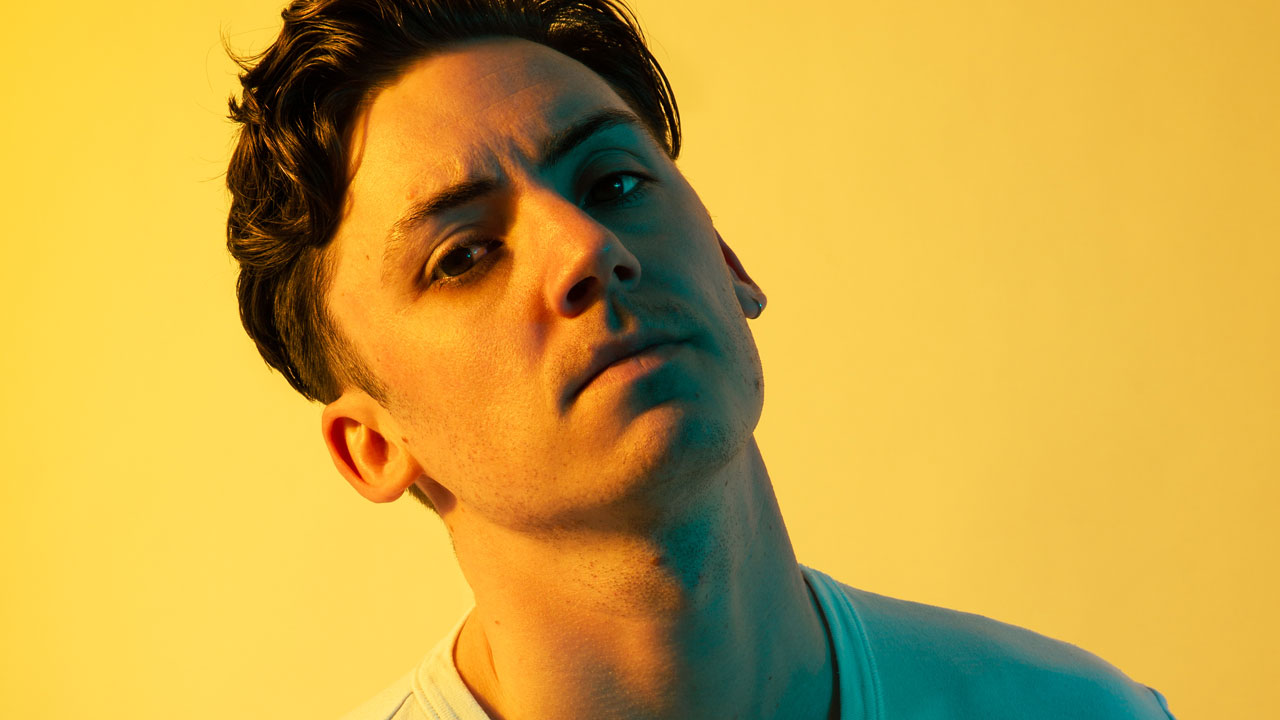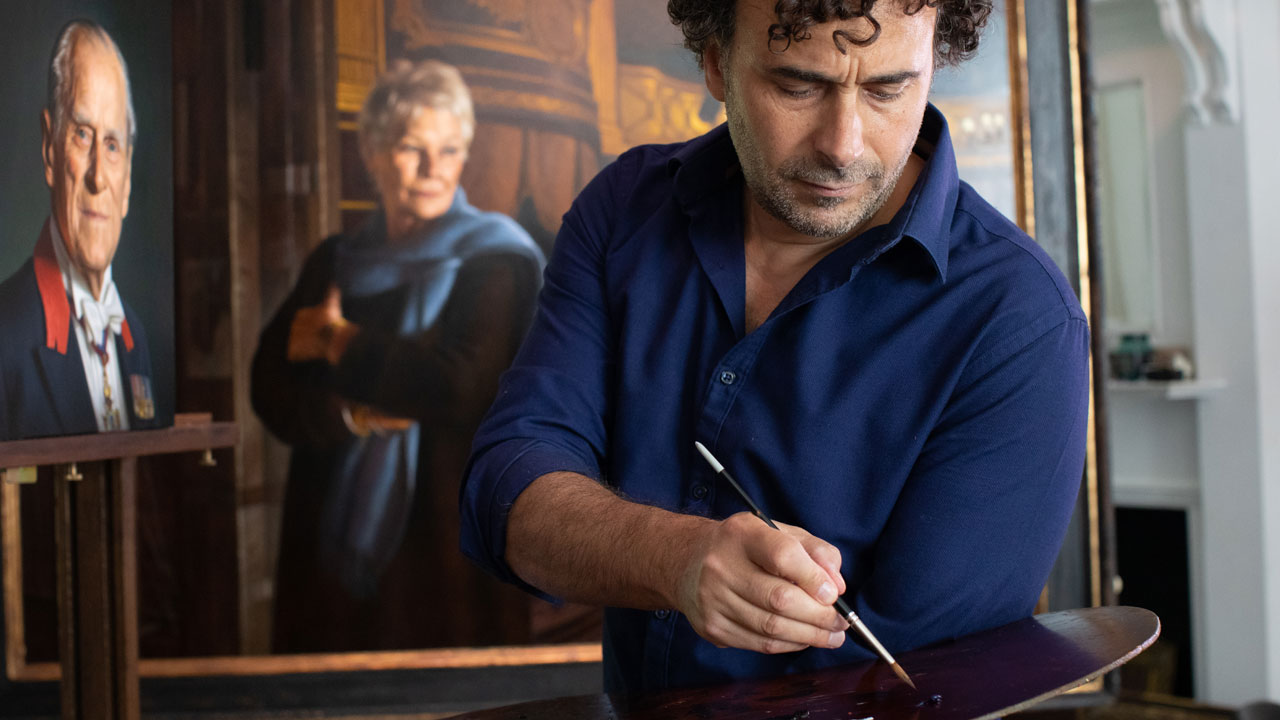Konak Square is literally the heart of Izmir: it holds a place similar to Trafalgar Square for London, Times Square for New York City or Plaça Catalunya for Barcelona. Just like these squares, it has functioned as a stage for numerous historic events and artistic performances over hundreds of years. What took place on the evening of a warm August Friday, however, was exceptional in many senses: tens of local dancers welcoming a girl called Amal walking from the Syrian border of Turkey to Manchester in the UK, looking for her future. And she’s an 11-foot-tall puppet.
Izmir, Turkey’s third largest city after Istanbul and Ankara, faces the Mediterranean looking towards the nearby Greek islands. A port city throughout its 5000 years of history, it is used to welcomes and farewells. Yet the recent Syrian crisis brought massive amounts of migrants to Turkey: almost four million Syrians are thought to reside in the country. And Izmir, as the final destination for illegal sailing to Europe, has received unprecedented amounts of displaced people from Syria. In the summer of 2015, thousands were departing daily towards the Greek islands on shoddy boats, hoping to make it to Greece to seek European protection.
The international media focused on Izmir, one New York Times article from September 2015 describing it as ‘a grim hub for migrants and a boom town for residents.’ It continued: ‘Hidden from view is an extensive smuggling infrastructure, with makeshift “insurance offices” that hold migrants’ money, covert factories that churn out ineffective life vests and underground suppliers of cheap rubber rafts that sometimes pop or capsize during the voyage to Greece, stranding or drowning people at sea.’
Indeed, hundreds, maybe thousands, lost their lives on their journeys. The infamous and haunting photo of three-year-old Alan Kurdi’s tiny body laying broken on a beach was shot at Bodrum, not far from Izmir.
On the evening of 7 August this year, the international media’s gaze was on Izmir once again: more specifically on Konak square to cover the arrival of Amal before she departed for Greece three days later, walking the same path that other migrants have followed throughout the last decade or so. All attention was on Amal’s walk.

David Lan is the producer of The Walk, and I first talked to him right after his arrival in Turkey, before Amal started her journey. He was excited but also modest about this huge project. ‘I never forget Susan Sontag’s words on the history of art – originality is only five percent,’ he said, aligning The Walk with the comedia tradition: ‘There’s a theme and good amount of improvisation.’
He’s right: there’s a well-crafted theme here responding to one of the direst issues of our time, on a global scale. ‘Little Amal, a young refugee, embarks on a remarkable journey – an epic voyage that will take her across Turkey, across Europe. To find her mother. To get back to school. To start a new life. Will the world let her? Can she achieve what now seems more impossible than ever?’
‘We had to do it’ says Lan, we being a few friends who could not tolerate the winds blowing against refugees and migrants throughout Europe. Thanks to his 25 years in art circles in the UK and beyond, his contact list is pretty long. The friends whose initial thoughts on Little Amal are now the main component of the show include the artistic directors Amir Nizar Rubai and Stephen Daldry, and colleagues from Good Chance Company and Handspring Puppet Company. It has become a ‘travelling festival of art and hope in support of refugees’ with 250 partner individuals and organisations.

‘Little Amal embarks on a remarkable journey, to start a new life. Will the world let her?’
David Lan
Recep Tuna, coordinating the Turkish leg of The Walk, seems to be everywhere. At Konak Square he cannot hide the tension behind his smile and shares his conviction that in a few minutes we’ll witness something unforgettable. He tells me where exactly Amal will begin her walk into the square and I rush to this very point, to not miss anything.
It’s six o’clock but still very warm, around 35 degrees. I approach a juice seller for what is surely the best-ever handmade lemonade. Before I finish my glass, I hear the wows, I see a crowd mobilising, and then here she is: Little Amal (pretty big, actually) walks among the crowds in Kemeralti Bazaar. Her expression is difficult to describe – something between confusion and worry. She’s looking for something and whatever it is, is not in sight. She’s not comfortable. But she keeps on walking. Sometimes ten steps then a pause, looking around, then five more and looking back, then 25 more steps. Is this a dance? Or a search? Whatever the term, this is a puppet show on the stage of narrow streets of Kemeralti. It’s mesmerising.
The audience is confused as well. Is this a monster – the gulyabani from classic Turkish films? Or a film set? What does she look for? What is her hair made from? There are more questions than answers, for sure. On Amal’s face as well.
Just before Amal reaches the square, she meets six other puppets made by the children of Izmir in collaboration with ASAM, a local NGO working closely with migrants throughout Turkey. These puppets are smaller than Amal, so they look up to her, as do the children who control them. Their eyes are welcoming, so Amal relaxes. Her mood changes and as they touch each other, hugging and holding hands, Amal closes her eyes in comfort. As if she does not need to look around to protect herself from potential dangers in this foreign land, she has a chance to close her eyes, trusting her new, temporary friends. Emotions are rising. I see the first tear drops from the audience.
Meanwhile a distant melody is audible, from behind the famous clock tower of Izmir on the north side of the square: a double clarinet and hang drum beats are clearly distinguishable. Amal walks towards the music to meet zeybek dancers: children and women who for weeks have been preparing with the Yaren Cooperative to welcome Amal. A mixed group of Syrian and local children circle around Amal and invite her to join them in this classic dance of western Turkey.
Amal dancing in Izmir. Photos: Nezaket Tekin and Tayfun Içsel
Children circle around Amal and invite her to join them in this classic dance
In any celebration around Izmir, a wedding or birthday party, you’ll see someone dancing zeybek and probably will find yourself dancing as well, whether or not you know how to dance. There are said to be over 150 different zeybek dances, varying by region and type: fast, slow, solo male or female, group or in pairs.
The origin of zeybek dance is debated but zeybek itself refers to western Anatolian folk heroes (also known as efe). From their first appearance in history around 1600 until the foundation of modern Turkey in the 1920s, zeybeks were known for playing a key role in defending the common people from rascals, ravenous landlords and greedy tax collectors, and even supporting armies in repelling invading forces. Zeybeks lived – or rather hid – in the highlands, lived off the land and followed a strict code of honour. Welcoming those who need shelter, supporting those who need a hand are believed to be among their codes.
Male zeybek dancing is often compared to an eagle’s flight. Moving slowly, in large steps, arms are outstretched like wings – suddenly, just as an eagle strikes, the knees bend and a hand touches the ground. Facing each other in a circle, the dancers surround Amal and gently introduce her to the dance.
Özgür and Arzu, coordinators from Yaren Cooperative, are dancing with the children around Amal and they are proud, as zeybek dancers should be. They are proud of the children who for weeks voluntarily practiced to welcome Amal. They are proud of the women zeybek dancers who came kilometers away from Pergamon to share their bread with her (indeed, they brought along the special bread they baked for her).
Amal was given a necklace made up of nazar stones, hand made by locals and believed to protect against evil – whatever that may be for a migrant child looking for her future on the walk.
Watch
Amal dancing in Izmir on The Walk (LOFT Films)
After the dance is over, I see David Lan again. I remember what he said during our initial talk: ‘There is no message of Amal, the walk itself is the message.’ Once again, the medium becomes the message and the brief pause of The Walk in Izmir is a strong message both in space and in time for those who are receptive. And for those who are not, other media will have to be exploited, every bit as creative and as touching as The Walk.
RESOURCES
Altuğ Akin chairs the Department of New Media and Communication at Izmir University of Economics, Turkey. He also contributes to media outlets including the BBC World Service, and consults for institutions including UNICEF and WHO.
















